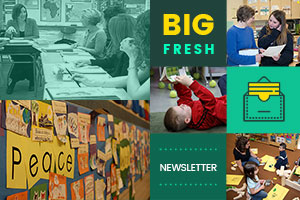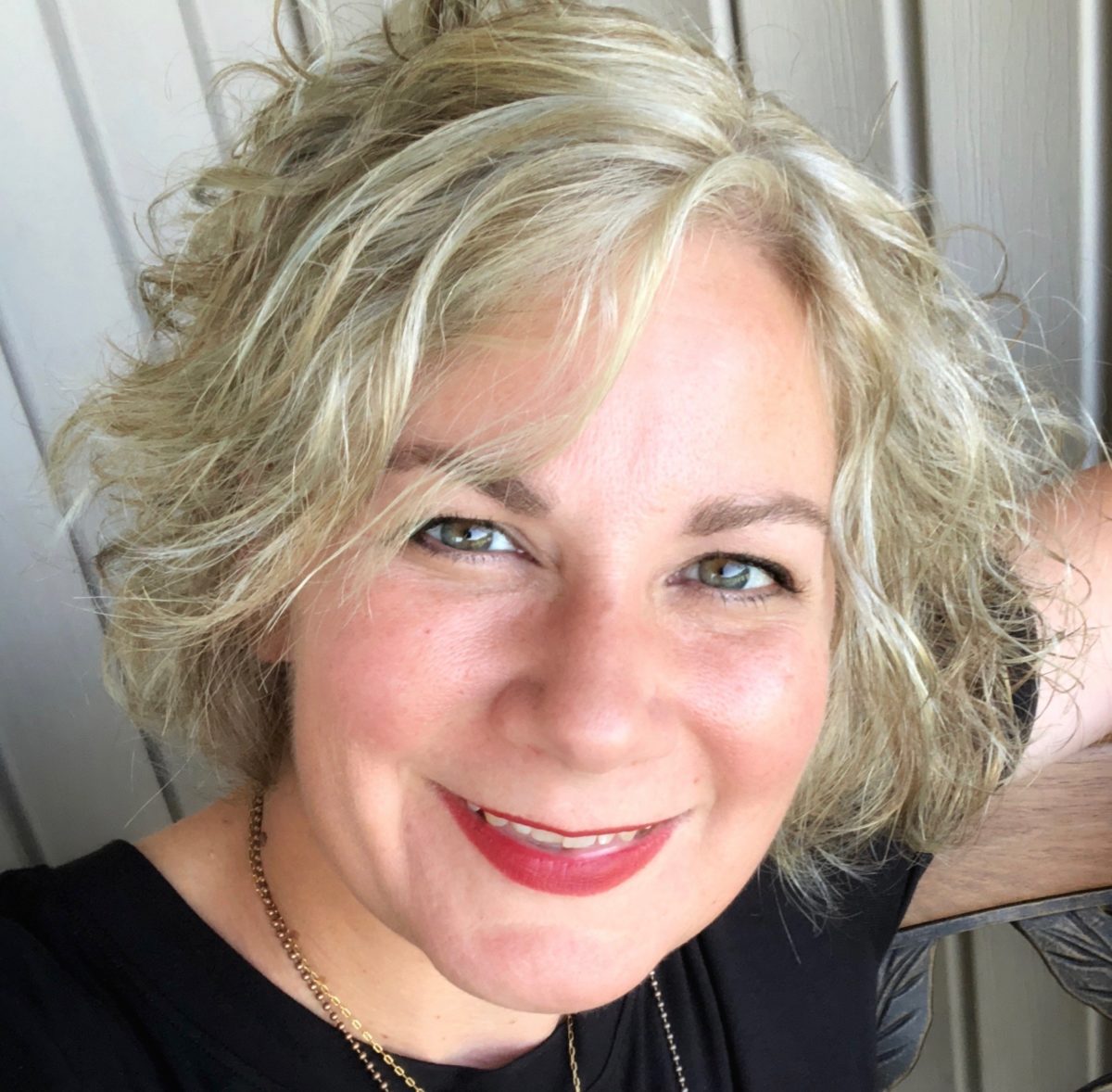What does this space encourage?
—James Clear
The Beauty of Literacy in All Subjects
I was a biology major and I write books about teaching writers, so it shouldn’t be a surprise that I have a strong passion for literacy in all subjects.
Often writing movements in schools are about test prep. These movements are usually driven by a “hack” in the form of an acronym for students to spit out a formulaic paragraph, and then content-area teachers are trained with a rubric on how to grade it.
When writing initiatives begin and end with a hack for writing a paragraph on a high-stakes test, we miss the power of literacy in all subject areas.
Julie Cox writes in her new article, “As we think about literacy in all content areas, we need to remember that engaging students in learning means engaging them in reading and writing.”
Each subject uses reading and writing in different ways. For example, a language arts teacher may ask students to build clarity in their personal essays by using an extended metaphor. However, a math teacher would not appreciate an extended metaphor in clarifying a concept! Math teachers prefer concise and logical bullet points for clarity. In contrast, a social studies teacher may prefer a timeline or a bar graph to clarify key concepts, and an art teacher wants an inference of mood based on the color or medium of the artwork.
There is beauty in acknowledging the unique ways people read and write in each subject area. A chef is attentive to the order of steps in a way a poet isn’t. A mechanic reads diagrams in a way an op-ed writer never does. A physical trainer reflects on changes over time in different ways than a memoirist.
We cannot depend on language arts classes to teach students everything they need to know about literacy. The ways of readers and writers are too vast. We need PE teachers to show students how athletic trainers or sportscasters use writing; we need science teachers to show students how chemists use writing. When we work together to tap the power of literacy in all subjects, students become well-rounded readers and writers. This is a worthy endeavor—and much more rewarding than teaching a stale hack as test prep.
This week we look at literacy in all subjects—plus more, as always.
Shine on,
Ruth Ayres
Editor in Chief

Choice Numeracy | Mallory Messenger shares a “best wrong answer” routine to help normalize mistakes while students think deeply about the math involved and help themselves look out for common mistakes to avoid.
Andrew Boryga helps educators consider effective shifts to get students practicing the content-area skills they need.
Join over 200 colleagues already signed up for Coach-to-Coach, a supportive and inspiring network just for instructional coaches. Meet virtually once a month to keep your professional goals fresh and stay accountable for your next steps as a coach. This free community is inspired by Choice Literacy articles each month and led by Ruth Ayres. The next meeting is Wednesday, December 18.

New members-only content is added each week to the Choice Literacy website. If you’re not yet a member, click here to explore membership options.
Leigh Anne Eck noticed a gap in her library when it came to books with athletic female protagonists. After discovering many titles to add to her own library, Leigh Anne compiled this booklist so we can all fill this gap in our classroom libraries.
Choice Numeracy | Jodie Bailey suggests using books, pictures, or examples to begin or increase inquiry-based learning in your classroom. Using an example of learning more about pi from her classroom, Jodie offers ways to help students deepen their learning in any content area.
Ruth Metcalfe unlocks a wide range of opportunities to support learning in any content area.

New members-only content is added each week to the Choice Literacy website. If you’re not yet a member, click here to explore membership options.
Inspired by remodeling an old staircase, Mary Brower is reminded of the power of scaffolding. When planning professional learning, Mary guides us in ways to approach big challenges with a sense of structure and order.
Joanne Emery offers seven simple ideas to help teachers feel seen, heard, and valued. Classrooms are more joyful and engaging when teachers are uplifted and refueled.
Teacher Educators Teach | Suzy Kaback reminds us that launching a fieldwork site is a critical first step in building respectful, relevant partnerships that invite complex learning. “What does this space encourage?” is a helpful question to guide the launch.
Quote It:
You can’t go back and make a new start, but you can start right now and make a brand-new ending.
—James P. Sherman
That’s all for this week!



